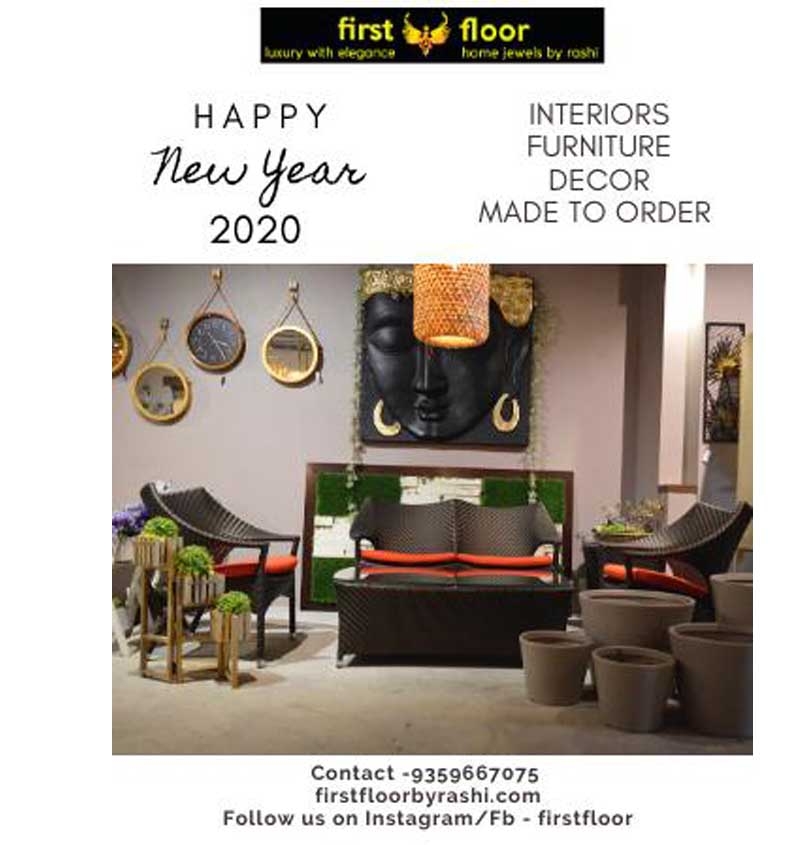Why an Interior Portfolio Matters
An interior portfolio is the cornerstone of any designer's career. It serves several critical purposes:
-
Showcases Expertise: Your portfolio is a visual representation of your skills, design philosophy, and ability to solve design challenges. It allows you to demonstrate your versatility and depth of knowledge across different styles, spaces, and client needs.
-
Builds Credibility: A well-organized portfolio reflects professionalism and helps build trust with potential clients. It provides evidence of past successes and reassures clients that you are capable of handling their project.
-
Demonstrates Range: A diverse portfolio helps you stand out by showcasing your ability to work across a variety of design styles, from contemporary minimalism to luxurious classical designs or even eco-friendly and sustainable spaces.
-
Attracts the Right Clients: An effective portfolio speaks to the right audience—those who align with your aesthetic and vision. It helps attract clients who are looking for the specific expertise you offer.
Key Components of an Interior Design Portfolio
To create a standout portfolio, it’s essential to understand the key components that should be included. A strong portfolio doesn’t just display pretty pictures; it tells a story about your design process, your problem-solving skills, and your ability to bring a client’s vision to life.
1. Introduction/About Me
Start your portfolio with a brief personal introduction. Include:
-
Your background and education (e.g., degrees or certifications in interior design, architecture, or related fields).
-
Your design philosophy and approach. Share what inspires you, what makes you passionate about design, and what unique skills you bring to the table.
-
Contact information, such as your website, email, or social media handles (for easy accessibility).
2. High-Quality Photos of Completed Projects
Your portfolio should showcase high-quality images of your completed projects. Each project should have a set of images that highlight different aspects of the design, including:
-
Wide-angle shots: Show the full scope of the space to convey the design concept and layout.
-
Close-ups: Focus on particular design details, textures, furniture, or decorative elements that showcase your attention to detail.
-
Before and After: If applicable, showing the transformation of a space can be compelling. It illustrates your ability to turn an ordinary room into something extraordinary.
Make sure the photos are professionally taken—lighting and framing are crucial. Well-lit, crisp, and vibrant images can elevate the perceived quality of your work.
3. Project Descriptions
For each project, provide a brief description that gives context to the work. The description should cover:
-
The client’s brief: What were the client’s goals, needs, and budget? How did you interpret and respond to their requirements?
-
Design challenges: Were there any unique challenges in the project, such as working with a tight space or using sustainable materials? How did you overcome these challenges?
-
Design solutions: Explain the solutions you implemented. For example, did you use particular colors, furniture choices, or materials to achieve the desired aesthetic?
-
Outcome: What was the result? Include any positive feedback from the client, awards, or recognition the project received, if applicable.
This provides potential clients with insight into your creative process and problem-solving skills.
4. Before and After Photos or Mood Boards
To further illustrate your design process, consider including before-and-after photos of your projects or mood boards that capture the initial ideas, inspiration, and layout concepts. Mood boards are especially helpful for showing how you conceptualize a design from start to finish. They can include color schemes, textures, materials, and reference images that influenced your design decisions.
5. Sketches and Floor Plans
Including your hand-drawn or digital sketches, as well as floor plans, can showcase your technical skills and demonstrate your ability to plan spaces meticulously. Floor plans, 3D renders, and elevations can help potential clients see that you not only have a great eye for aesthetics but are also detail-oriented and able to think about functionality.
6. Client Testimonials
Including a section with client testimonials adds credibility to your portfolio. Positive feedback from past clients helps build trust with potential clients, as it provides a sense of what it’s like to work with you. Testimonials should be authentic and specific about how you helped solve their design challenges or transformed their space.
7. Awards and Recognition
If you have won any awards, participated in prestigious design exhibitions, or received recognition in the industry, be sure to highlight this in your portfolio. Awards and accolades validate your talent and place you among respected professionals in the field. Include brief descriptions or images of the awards to help convey their importance.
Tips for Making Your Portfolio Stand Out
While the content is key, the way you present your interior portfolio can make a huge difference. Here are a few tips to ensure that your portfolio leaves a lasting impression:
1. Keep it Organized and Cohesive
Your portfolio should be easy to navigate and visually cohesive. Organize projects by category or theme (e.g., residential, commercial, hospitality) and maintain a consistent layout throughout the portfolio. A clean, professional presentation allows your work to shine.
2. Focus on Quality, Not Quantity
It’s tempting to include every project you’ve worked on, but it’s better to curate a selection of your best work. Choose 8-10 projects that highlight your skills and showcase a variety of your capabilities. It’s more impressive to show a few exceptional projects than to overwhelm the viewer with too many.
3. Use a Digital Portfolio
In today’s digital age, having an online portfolio is crucial. Digital portfolios allow you to reach a wider audience and are easy to share with potential clients or employers. Consider creating a personal website or using platforms like Behance or Pinterest to showcase your work. Make sure the website is user-friendly and mobile-responsive.
4. Update Your Portfolio Regularly
As your career progresses, continue to update your portfolio with new work. Regularly updating your portfolio ensures that it reflects your current style and skills. It also keeps your portfolio relevant to the latest trends and technologies in interior design.
5. Include a Personal Touch
While professionalism is key, don't be afraid to add a bit of your personality into the portfolio. Include elements of your design style, preferences, or inspirations, which can give potential clients a better idea of what it would be like to work with you.
Conclusion
An interior design portfolio is more than just a collection of photos—it is a powerful tool that speaks to your creativity, professionalism, and unique design vision. A well-crafted portfolio not only showcases your best work but also communicates your design process and approach. By following the tips in this guide and putting thought into the selection and presentation of your projects, you can create an interior portfolio that captivates and inspires potential clients, employers, and collaborators, setting you apart in the competitive world of interior design.



















Your Message